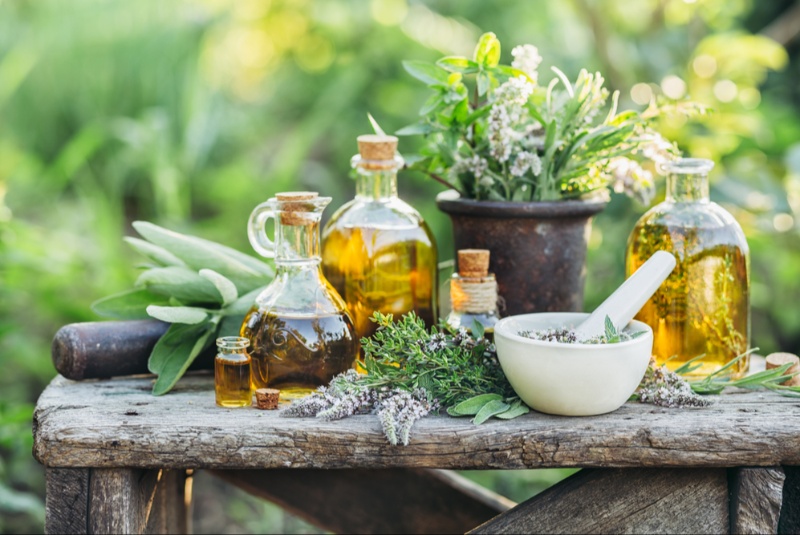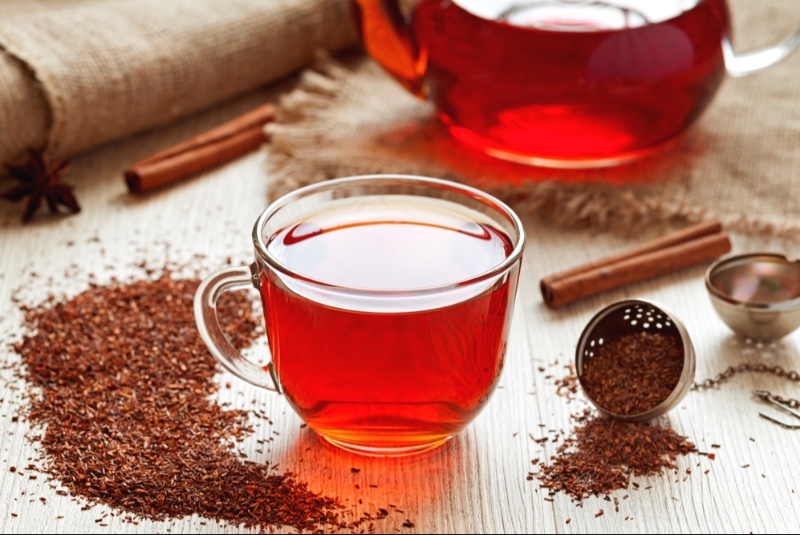The sapphire canopy above, the verdant carpet below—nature has always been a sanctuary of secrets, awaiting exploration. Among these mysteries, there's one that has piqued human curiosity for millennia: the healing power of plants. The intricate dance of compounds that plants harbor has been a cornerstone of health and wellness for our ancestors. Known today as 'plant medicine,' this ancient practice celebrates the synergy between humans and the botanical world in the quest for holistic healing.
A Historical Perspective
The roots of plant medicine can be traced back thousands of years across diverse cultures. Ancient Egyptian papyrus scripts are replete with references to medicinal herbs. In China, the venerable 'Huangdi Neijing'—a foundational text of traditional Chinese medicine—details herbal remedies for various ailments. Native American tribes, too, have a rich legacy of using indigenous plants for healing purposes.
This reverence for plant medicine wasn't just borne out of necessity. It stemmed from an intimate understanding of the environment and an appreciation for the equilibrium nature offered.
Plants at the Core of Modern Medicine
While we've embraced synthetic drugs in the modern era, it's crucial to remember that a significant portion of these owe their origins to plants. Aspirin, for instance, was derived from the bark of the willow tree. The anti-malarial drug quinine originates from the bark of the cinchona tree. The journey of these drugs from forests to pharmacies is a testament to the latent potential of plants.
Understanding Phytochemistry
The healing prowess of plants hinges on their unique chemistry—compounds that they produce as part of their survival toolkit. Alkaloids, flavonoids, tannins, and essential oils are just a few categories of these therapeutic agents.
- Alkaloids like morphine (from the opium poppy) act on the nervous system, offering pain relief.
- Flavonoids, found abundantly in fruits and vegetables, have antioxidant properties that combat cellular damage.
- Tannins, common in teas, have anti-inflammatory and astringent properties.
- Essential oils like lavender or eucalyptus are popular for their soothing and antimicrobial attributes.
These compounds interact with the human body in myriad ways, influencing cellular pathways, modulating immune responses, and even altering gene expression in some cases.

Holistic Healing: Beyond Just Symptom Treatment
One of the defining hallmarks of plant medicine is its holistic approach. Unlike the reductionist paradigm that isolates diseases to specific causes and symptoms, plant medicine views health as a sum of interconnected variables.
For instance, while turmeric's active ingredient, curcumin, is lauded for its anti-inflammatory properties, traditional systems leverage the whole root. They believe in a synergistic effect where various compounds in the plant amplify each other's benefits.
Safety and Efficacy: Walking the Line
While plant medicine offers profound insights into healing, it's paramount to approach it with discernment. Not all plants are benign, and even beneficial plants can have side effects or interact adversely with other medications.
It's crucial to remember that "natural" doesn't always equate to "safe." Before venturing into any plant-based remedy, it's advisable to consult with professionals knowledgeable in herbal medicine.
The Future of Plant Medicine: A Revival
With rising interest in organic and natural living, there's a palpable resurgence in the popularity of plant medicine. Modern science is progressively engaging with traditional knowledge, not as an alternative, but as a complementary source of wisdom. Techniques like ethnobotany and phylogenetics are forging new pathways, seeking to understand and document the knowledge indigenous communities possess about their local flora.
The realm of plant medicine is vast and profound. As we stand at the confluence of tradition and technology, the challenge and opportunity lie in harnessing nature's pharmacy without diluting its essence. By respecting the wisdom of the past and equipping it with the tools of the present, we can pave the way for a future where health and healing are truly harmonized with nature.




